What Is Your Attachment Style? The 4 Types, Explained
Photo by olia danilevich from Pexels
Have you ever wondered why you behave and react in a specific way in your relationships? Why you’ve been called clingy and needy, or distant and mysterious? Why you can’t seem to get close to anyone, or why more than anything, being rejected is your biggest fear? Well, it’s all because of something called an attachment style.
Attachment theory, first formulated by psychologist John Bowlby, explains how the way we function in our relationships as adults can actually be traced all the way back to how our parents or caregivers (known as attachment figures) interacted with us as wee ones, in our earliest days and years.
What we were given, and weren’t given, by the people taking care of us as children taught us (for better or worse) how to form bonds and behave within the relationships we formed later in life, from friendships to workplace relationships to romantic relationships.
Understanding our own attachment style, how it was formed, and what it means for us today can help us better understand the inner workings of our relationships. There are 4 types of attachment styles — which one do you identify with?
01 | Secure.
Secure attachment is the healthiest form of attachment. For those with secure attachment, their needs as a child were met, and they felt safe, protected, valued, and comforted in their caregiver’s presence — someone they were taught they could rely on to be there for them. As a result, people with this attachment style will have an easier time forming healthy, stable relationships as adults.
Signs of secure attachment:
good communication skills
ability to trust others
ability to be in close relationships & be alone
healthy emotional regulation
desire and ability to form long-term relationships
positive self-image, confidence, and high self-esteem
ability to manage conflict
no difficulty connecting with others
02 | Anxious-insecure.
An anxious-insecure attachment is formed when a child’s needs are met sporadically by their caregiver only to be just as sporadically abandoned, either physically or emotionally. As a result, they never knew when they would be given love and attention or ignored, creating urgency and clinginess towards their caregiver, so as not to be abandoned again. People with an anxious attachment will often feel needy and uncertain in their future relationships.
Signs of anxious-insecure attachment:
need for constant reassurance
fear of rejection, abandonment, or underappreciation
low self-esteem
jealousy towards others who are receiving attention
strong desire for intimacy & closeness
codependency
difficulty trusting others
oversensitivity to other’s moods
03 | Avoidant-insecure.
An avoidant-insecure attachment is formed when a child’s caregiver isn’t physically or emotionally present to pay attention to the child’s needs, offering them only basics like food and shelter. With this attachment style, the child learns to rely on no one but themselves, as their caregiver was always unresponsive to them or minimized their needs. As a result, those with an avoidant attachment style will struggle to get close to others as an adult.
Signs of avoidant-insecure attachment:
avoidance of friendships & pushing others away
a string of short-lived romances
trouble showing emotions
difficulty trusting others
highly self-sufficient
feeling relationships threaten their independence & sense of self
an overwhelming need for space
sweeping problems under the rug
04 | Disorganized-insecure.
A disorganized-insecure attachment style is formed when a child’s caregiver is not only inconsistent and unpredictable but also a source of distress or fear. There is often some kind of abuse that has taken place. This leads to a mixture of a deep need for closeness and a deep fear of it. As a result, those with a disorganized-insecure attachment may struggle to form close relationships later in life despite desiring it.
Signs of disorganized-insecure attachment:
alternating between clinging to a significant other & pushing them away
negative self-view and view of others
difficulty trusting others
a deep desire for close connections
sabotaging relationships, even if they want them
poor emotional regulation
fear of abandonment & rejection as well as emotional intimacy
anxiety regarding others’ intentions
In short…
Our attachment style doesn’t have to be the deciding factor of whether or not we find fulfilling, safe relationships — those with anxious, avoidant, or disorganized attachment styles are capable of cultivating good relationships. However, it’s helpful to understand our attachment style as we attempt to find meaningful relationships in adulthood while giving grace to ourselves.

